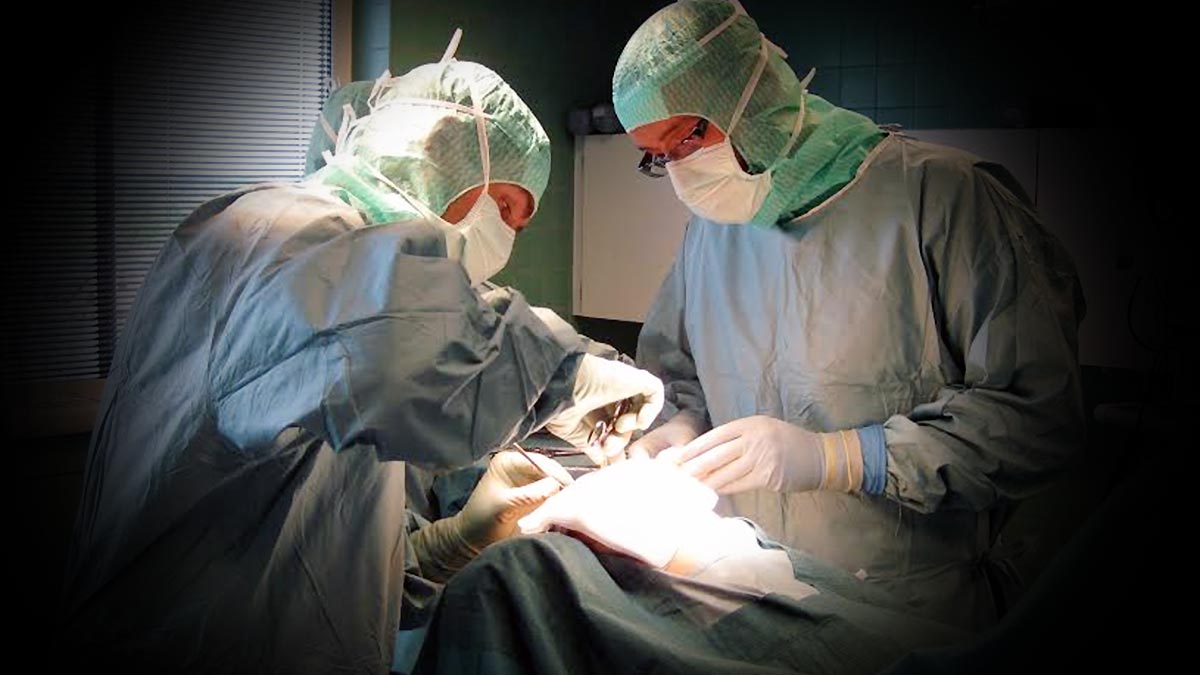Different methods for cartilage repair
There are many different methods for treatment of cartilage defects of which the most used are:
AMIC - Assisted Matrix Induced Chondrogenesis
Mesenchymal stem cell-based techniques such as microfracture and various modifications of this technique (eg. AMIC – Assisted Matrix Induced Chondrogenesis). This method is one of those used longest, and is described in many studies. The method is based on the body’s own ability for healing that stimulates the ingrowth of so-called mesenchymal stem cells into the cartilage defect. It is however not clear if theese cells create new cartilage / cartilage-like tissue in the defect by differentiating into the cartilage specific cells – chondrocytes, or if they are just helping this process by releasing necessarry factors into the site of cartilage repair.
ACI - Autologous Chondrocyte Implantation
Chondrocyte (cartilage-specific cells) cell-based methods such as ACI (Autologous Chondrocyte Implantation) and various modifications of this method. In this case one uses the patient’s own cartilage cells to create new cartilage. The operation is performed in two steps: the first is done via keyhole surgery where a small piece of cartilage is taken from non-weightbearing area of the knee. Subsequently, the chondrocytes (cartilage cells) are cultured in the laboratory for several weeks (about 3-5 weeks) until a sufficient amount of cells has been obtained for implantation. Then a second operation is performed, this time with an open knee surgery, and the cartilage cells are injected into the defect by a special technique. Initially, periosteum was used to cover the defect, nowadays there are many other artificial membranes or implants that could serve as a cell carrier. The membranes could be attached (and this applies to all methods using membranes) in several ways: suture with special stitches on the surrounding cartilage, by using fibrin – biological glue, using special resorbable pins to attach the membrane onto the bone, and finally with threads that could be placed into the membrane and then pulled through the underlying bone – so-called “transosseus fixation”.
Periosteum transplantation
It uses the regeneration potential of periosteum, so-called “cambial” layer, the one that lies towards the bone cover. In this layer it could be found a special type of cells called “progenitor” cells that have, among other things, the ability to create new cartilage-like tissue. In the ACI the surgeon takes the periosteum from the anterior side of the tibia, cover the cartilage defect with it and finally uses one of the methods for fixation that were described above.
Osteochondral grafts
Still the most used method in this group is called mosaic arthroplasty. Basically, the surgeon is collecting with a special instrument cartilage cylinders from the non-loaded surface of the knee joint and reimplanting theese cylinders into the damaged area of the knee. One can use a single or several cylinders if the defect is larger, giving a look of mosaic. The artificial cylinders are also available commercially on the market, but they are rarely used compared with those ”natural” described above. In some countries they are only approved to cover the donor site.
Particulated cartilage transplantation
Mature cartilage fragments transplantation and juvenile cartilage fragments transplantion. This method is used primarily in the United States using tissue from biobanks, including cartilage from cadavers. Cartilage is a tissue suitable for transplantation, and therefore it can be used for this purpose. Cartilage is minced into small pieces and then placed into the defect using a suitable carrier, fibrin for example. The cartilage from younger individuals is used (”juvenile”) because of the greater growth potential comparing to that from the adults.
[gut_animate_image image=”http://arthrogenica.com/wp-content/uploads/2015/12/x-ray-knee-arthogenica.jpg” effect=”fadeIn” align=”center”]



